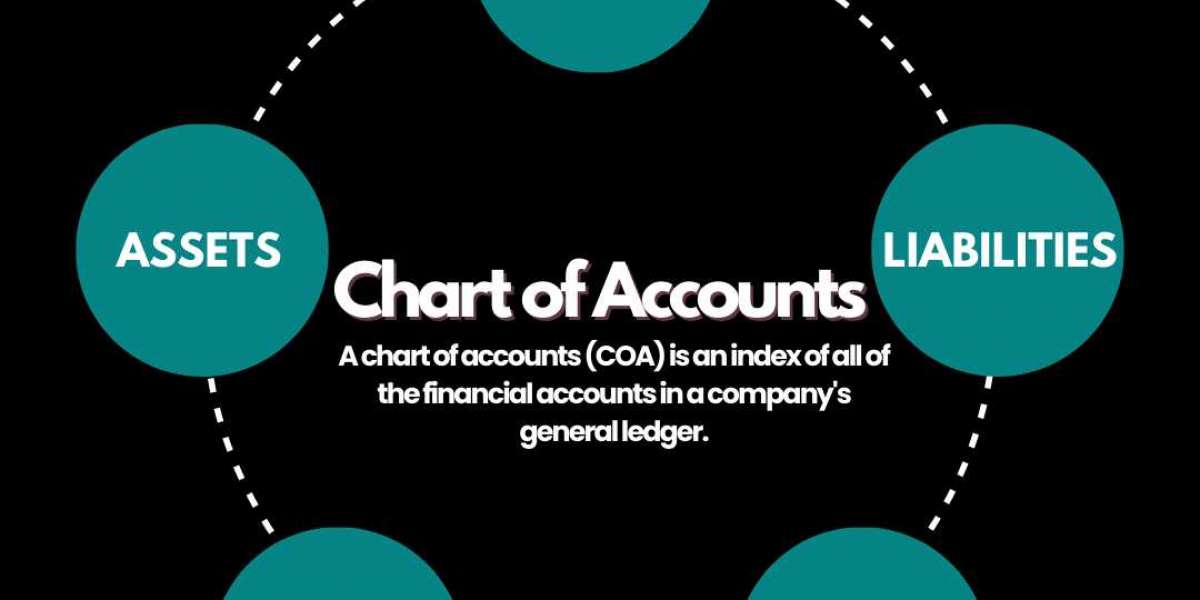In the world of accounting, a Chart of Accounts (COA) is essential for organising financial transactions. It serves as the foundation for bookkeeping, helping businesses categorise their income, expenses, assets, liabilities, and equity. At Probalance Advisors, we understand the significance of a well-structured COA in managing financial data efficiently, and we’re here to guide you through its importance.
What is a Chart of Accounts?
A Chart of Accounts is a systematic listing of all the accounts a company uses in its financial operations. Each account in the COA is assigned a unique code or number that categorises transactions under various financial heads such as:
- Assets – Representing what a company owns (e.g., cash, inventory, property).
- Liabilities – Representing what a company owes (e.g., loans, accounts payable).
- Equity – Representing ownership interest in the company.
- Revenue – Reflecting income from sales and other sources.
- Expenses – Representing costs incurred (e.g., salaries, rent, utilities).
At Probalance Advisors, we work with businesses to customise their COA, ensuring that every financial entry is easy to track, report, and analyse. A well-organised COA provides clarity and simplifies financial reporting, which is crucial for informed decision-making.
Why is the Chart of Accounts Important?
A detailed COA helps businesses:
Improve Financial Reporting: With clear categorisation of accounts, businesses can generate accurate financial statements like the income statement, balance sheet, and cash flow statement.
Track Income and Expenses: It enables precise tracking of where money is coming from and where it's going, helping businesses monitor profitability and control costs.
Comply with Accounting Standards: A properly structured COA ensures compliance with generally accepted accounting principles (GAAP) or International Financial Reporting Standards (IFRS), depending on the regulatory environment.
Enhance Tax Reporting: Tax preparation becomes more straightforward with a well-organised COA, as income and expenses are neatly categorised.
Key Components of a Chart of Accounts
Account Codes: These are numerical or alphanumeric identifiers that allow for easy reference of specific accounts.
Account Descriptions: Each account in the COA should have a detailed description, making it easy to understand its purpose.
Categories and Subcategories: Major categories like assets, liabilities, and equity are further divided into subcategories (e.g., current assets, long-term liabilities).
At Probalance Advisors, we recommend keeping the COA simple and adaptable. This helps businesses scale without needing to overhaul their accounting structure.
How to Set Up an Effective Chart of Accounts
To create an effective COA, consider the following tips:
Tailor the COA to Your Business: Every business is unique, so the COA should reflect the specific needs of your industry and operations.
Keep it Flexible: Design your COA in a way that accommodates future changes without becoming overly complicated.
Regular Review: At Probalance Advisors, we encourage clients to review and update their COA periodically to ensure it continues to meet their evolving financial needs.
Conclusion
A well-organised Chart of Accounts is a cornerstone of effective financial management. It not only streamlines bookkeeping but also empowers businesses to make better financial decisions. Probalance Advisors can help you establish a robust COA tailored to your unique business requirements, ensuring smooth financial operations and long-term growth.
For expert advice and tailored accounting solutions, contact Probalance Advisors today!




